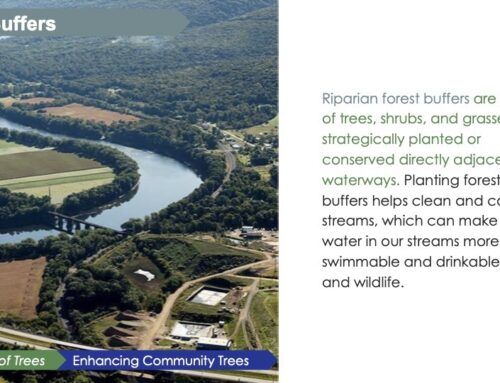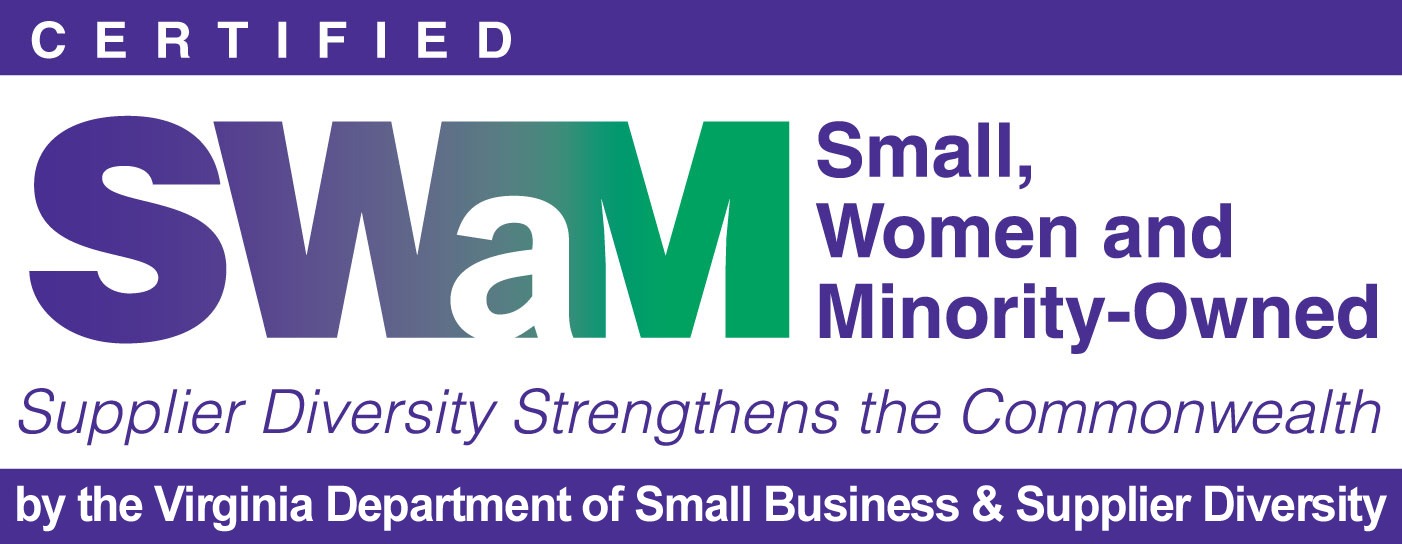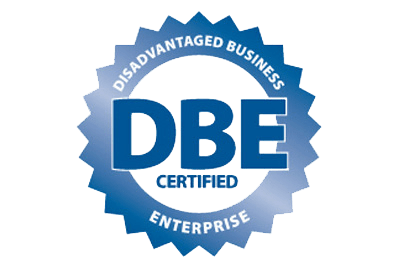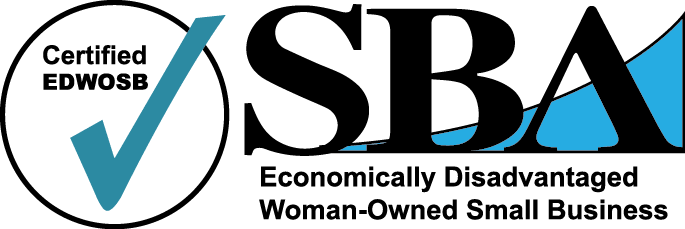Problem solving is almost always made stronger by including multiple perspectives. The same is true of environmental problems. Bringing diverse stakeholders together for genuine discussion instead of a non-productive finger pointing session takes patience, skills, and a collective appreciation for finding common ground.
This idea has been tried and tested throughout history. For example, historian Doris Kearns Goodwin, wrote about Abraham Lincoln's extraordinary ability to bring to "put himself in the place of other men, to experience what they were feeling, to understand their motives and desires". Lincoln's success as the United States' 16th President was due in large part to his desire to create a robust cabinet of multiple perspectives, rather than a team of like-minded individuals. Not just for political junkies, Kearns' book, "A Team of Rivals" is valuable reading for anyone who wants to expand their audiences beyond the 'choir'.
We've seen collaborative forums work on a wide variety of environmental topics, from fisheries management to climate change to food production. While some participants begin the process thinking of others as the "enemy", they almost always come away with a much deeper appreciation for different perspectives and newfound respect for other stakeholders. No one representative or stakeholder group has all of the answers. In fact, one of the benefits of these processes is the destruction of commonly held misconceptions as members develop shared understanding of the issues.
What are the keys to bringing together your own team of rivals? There are several and many people have written lengthy dissertations on the topic. Those are Google-able if you want more in-depth reading. Here are the three that we consider the most important:
- Membership. Identifying people who will participate in good faith is absolutely critical. Members must be knowledgeable, sincerely want to find a new way of tackling a problem, and have the time to engage in the process. Also, be careful not to create an echo chamber.
- Common goals. Productive teams are formed around working toward shared goals. So, it's important to clearly identify the right goals from the outset so the team understands and supports where they are headed.
- Setting expectations. Your big goals may include significant, lasting outcomes but to get to those, you'll likely have to start with smaller, achievable steps along the way. If the problems could be solved overnight, they wouldn't still be problems. Identify meaningful steps along the road to success to demonstrate progress.
One of our favorite office quotes, attributed to be an African proverb, is "If you want to go faster, go alone. If you want to go farther, go together". Collaboration among a broad range of stakeholders isn't fast or easy but it is the best way that we've found to identify creative, strong, and widely supported solutions.
Contact us to discuss how we can help support your efforts to strengthen your stakeholder engagement, and environmental and social communication efforts.




